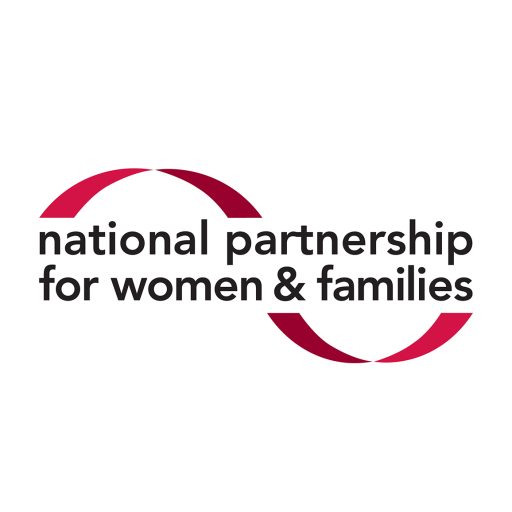On January 22, 1973, the United States Supreme Court decided the landmark case, Roe v. Wade—a case that affirmed the fundamental right to abortion. Although Roe v. Wade granted the right to access abortions, 47 years later, the reality is that even with the right to abortion, many people—particularly people of color—face barriers that inhibit their ability to exercise this right. Historical oppression and continual social and institutional disempowerment have marginalized people of color from accessing critical reproductive needs such as—contraception, comprehensive sex education, STI prevention and care, alternative birth options, adequate prenatal and pregnancy care, domestic violence assistance, adequate wages, and access to safe homes—all of which are necessary to achieving reproductive autonomy.
In addition to these barriers, state and federal restrictions have also alienated people from accessing abortion care. Since 2011, anti-abortion state lawmakers have pushed nearly 450 restrictions in an attempt to reduce access to abortion care. In 2019 alone, anti-abortion politicians passed 58 abortion restrictions, including 25 bans on abortion. Restrictions include total bans or bans after a certain point in pregnancy—without regard for the individual circumstances of a pregnancy, trigger bans that ban abortion in the event that the United States Supreme Court overturns Roe v. Wade, and restrictions that make it difficult for people to get information about abortion and to access abortion care. These restrictions ignore the real life experiences of people who seek abortion care, as well as, the socioeconomic and political challenges that disproportionately impact people of color, people with low incomes and young people.
At the federal level, the Hyde Amendment primarily withholds abortion coverage from those qualified and enrolled in the Medicaid health insurance program, except in the limited cases of rape, incest, and life endangerment. With nearly 1 in 6 women of reproductive age enrolled in Medicaid, the Hyde Amendment creates a barrier to abortion for people across the country already struggling to get affordable health care.
Abortion access is also being attacked in the judicial system. Since the Trump-Pence administration took office, more than 35 judges who have fought to limit access to abortion and/or contraception have been nominated and confirmed to federal benches—two of which currently sit in the United States Supreme Court, Justice Neil Gorsuch and Justice Brett Kavanaugh. These justices will play a critical role in abortion access this summer, when they decide the outcome of the latest abortion case to hit the United State Supreme Court, June Medical Services v. Gee. This case challenges a law in the state of Louisiana that requires physicians who provide abortion to maintain admitting privileges with a hospital within 30 miles of their office or clinic. Admitting privilege requirements are medically unnecessary measures that interfere with a person’s ability to access abortion care. An identical law was ruled unconstitutional three years ago in the United States Supreme Court case Whole Woman’s Health v. Hellerstedt.
Through political disempowerment, federal restrictions, state bans, and judicial interference, anti-abortion politicians have intentionally made abortion access almost impossible for many communities, particularly communities of color. Moreover, they have intentionally increased stigma around choice through flawed evidence and inaccurate information. In real life, Roe v. Wade only set the foundation for access to safe and legal abortions but so much more needs to be accomplished to ensure that all people, regardless of race, ethnicity, and socioeconomic status, have equal access to abortion care.
To protect access Congress must pass the Women’s Health Protection Act —an important bill that ensures the accessibility of abortion services by invalidating laws that single out abortion providers with medically unnecessary requirements and restrictions, do not promote women’s health or safety, and limit access to abortion services. Additionally, Congress must pass the EACH Woman Act — landmark legislation that would restore abortion coverage to those who receive health care or insurance through the federal government, and would prohibit state or local governments from restricting coverage of abortion by private health insurance plans.


